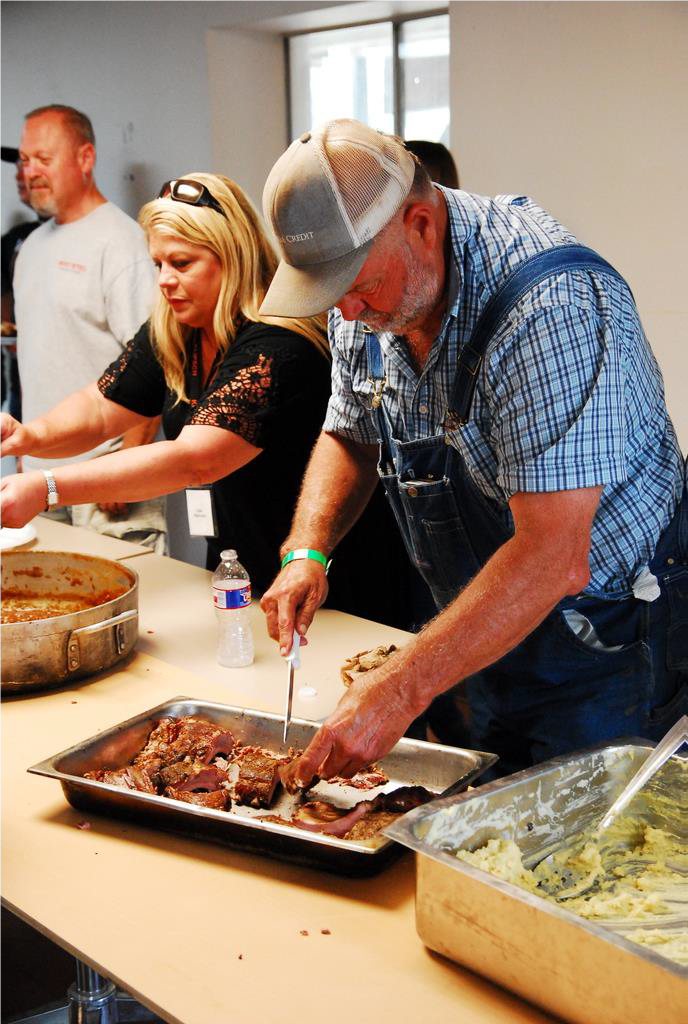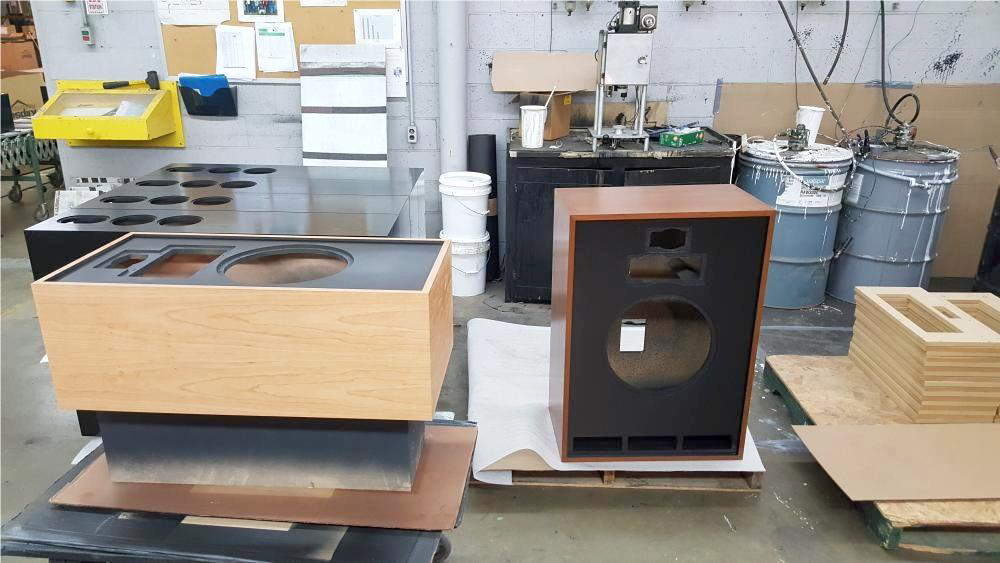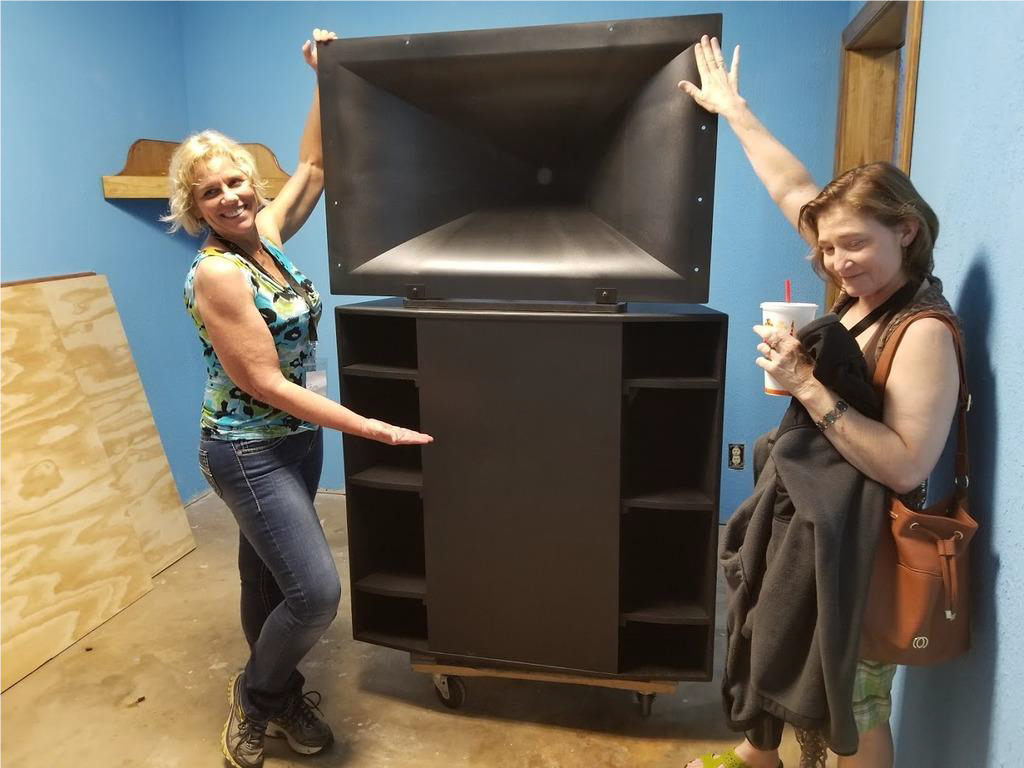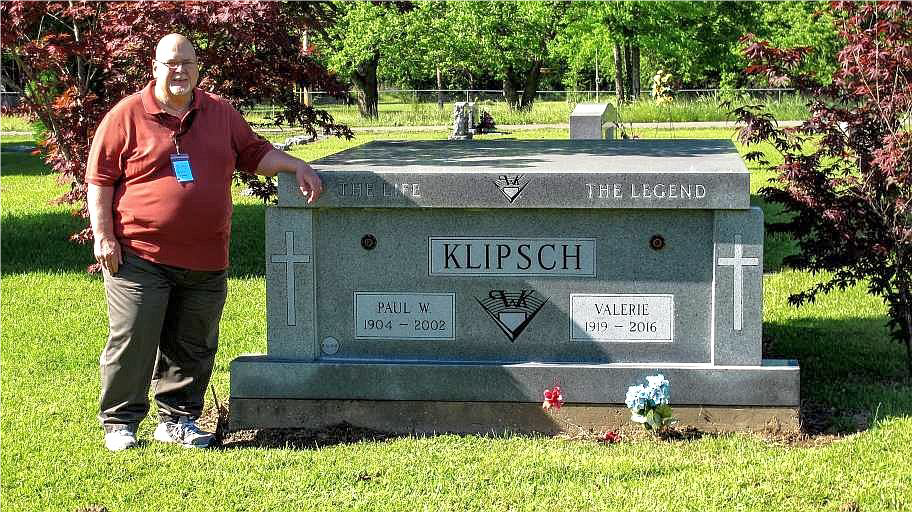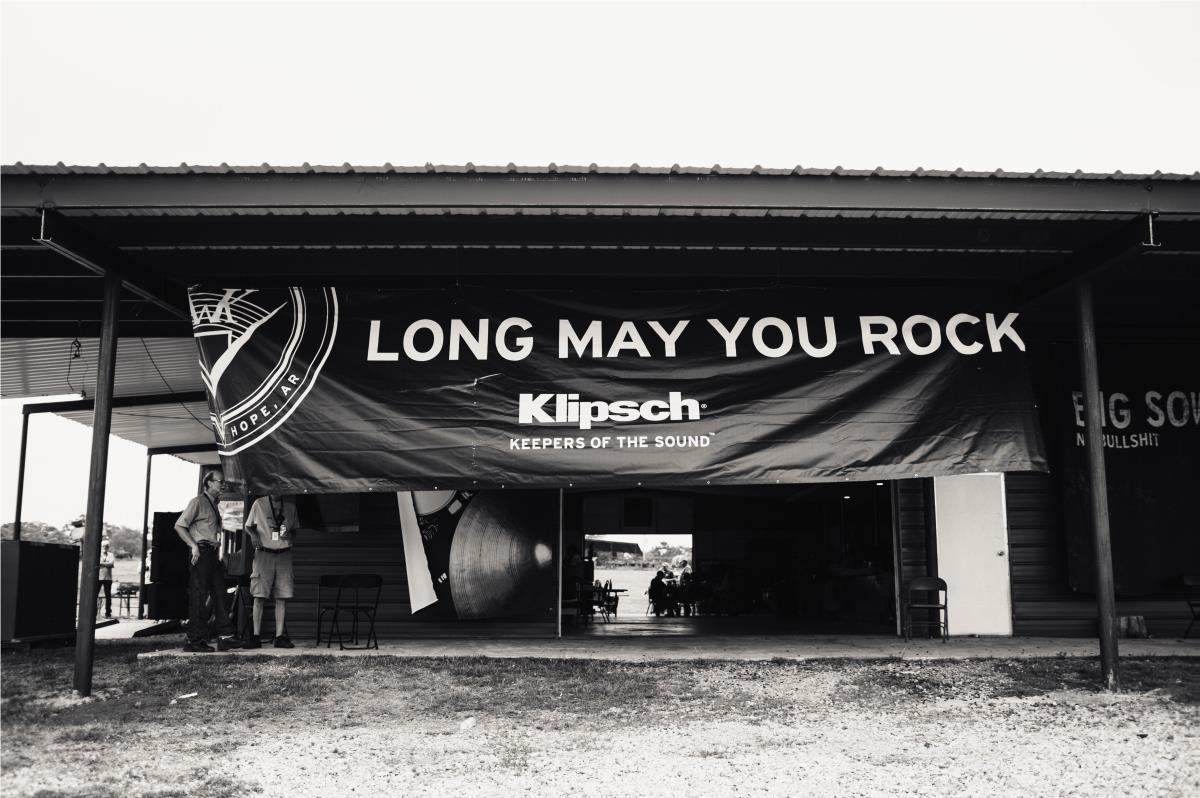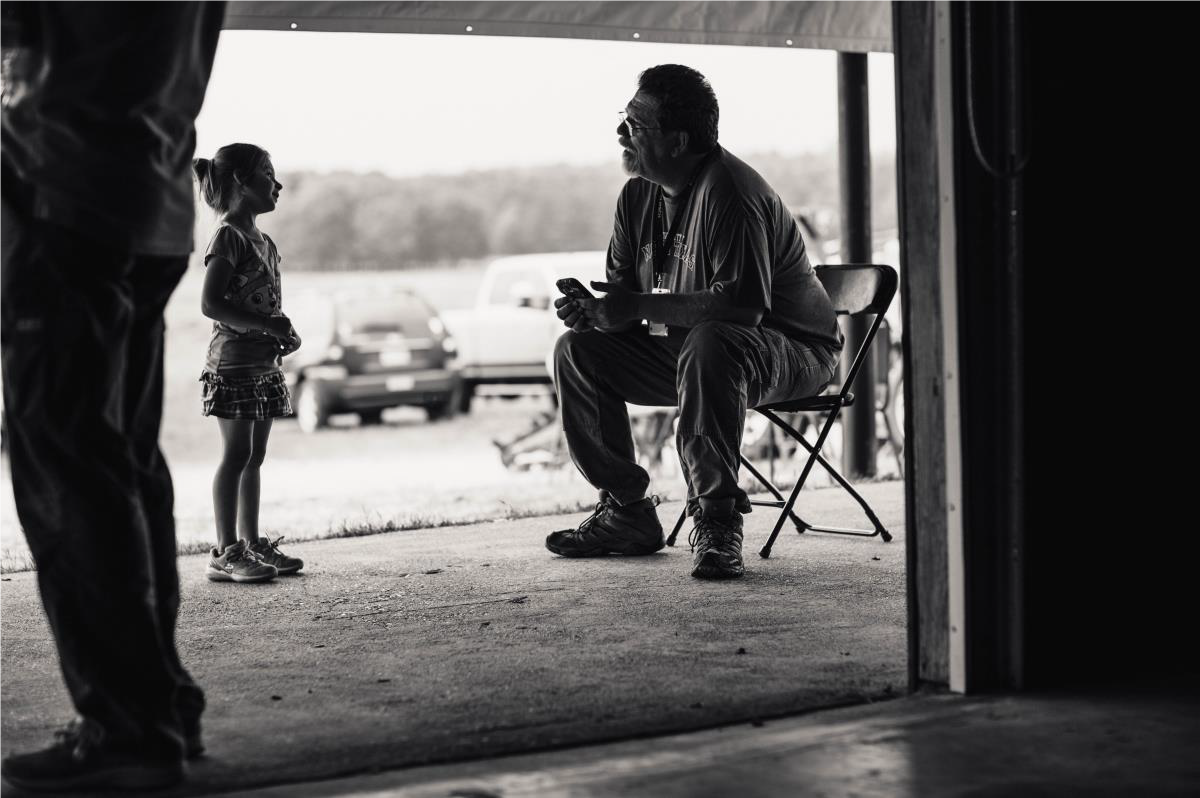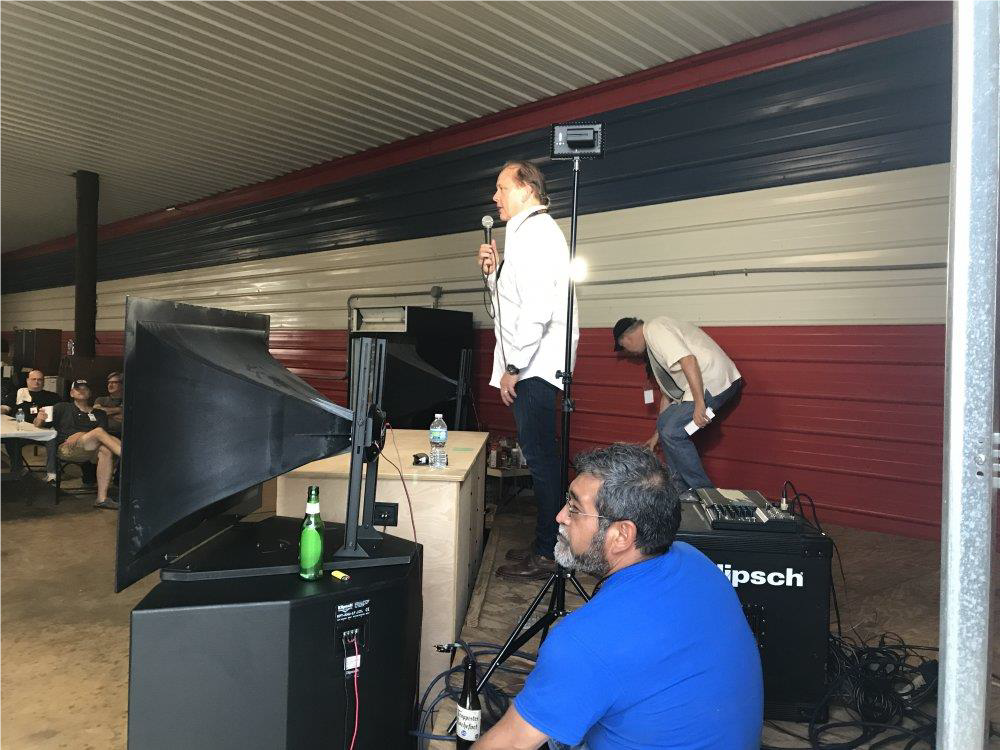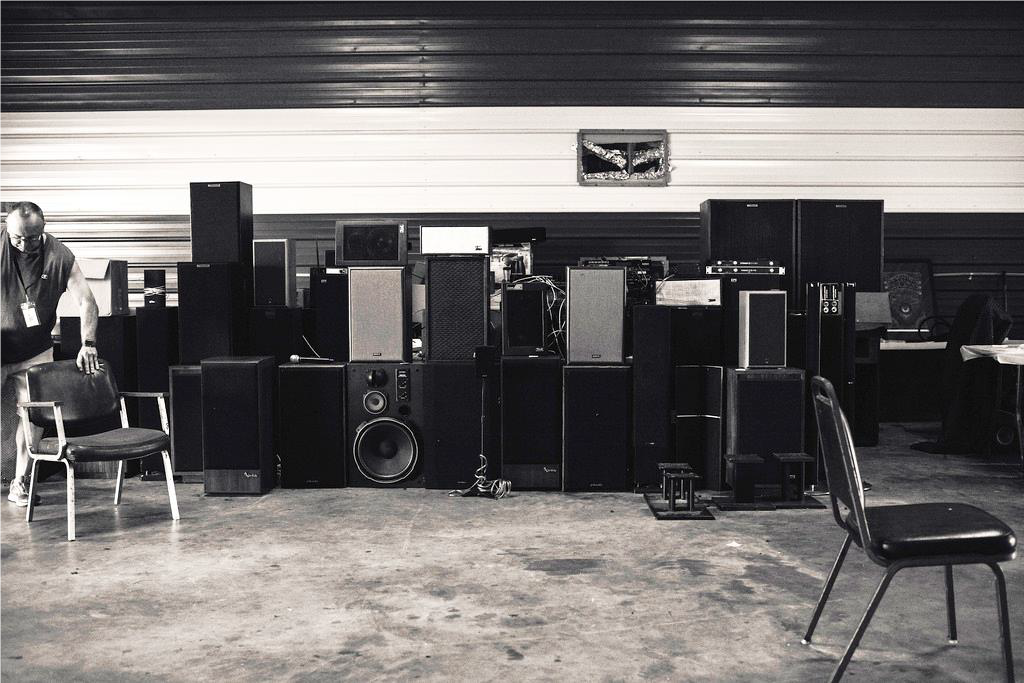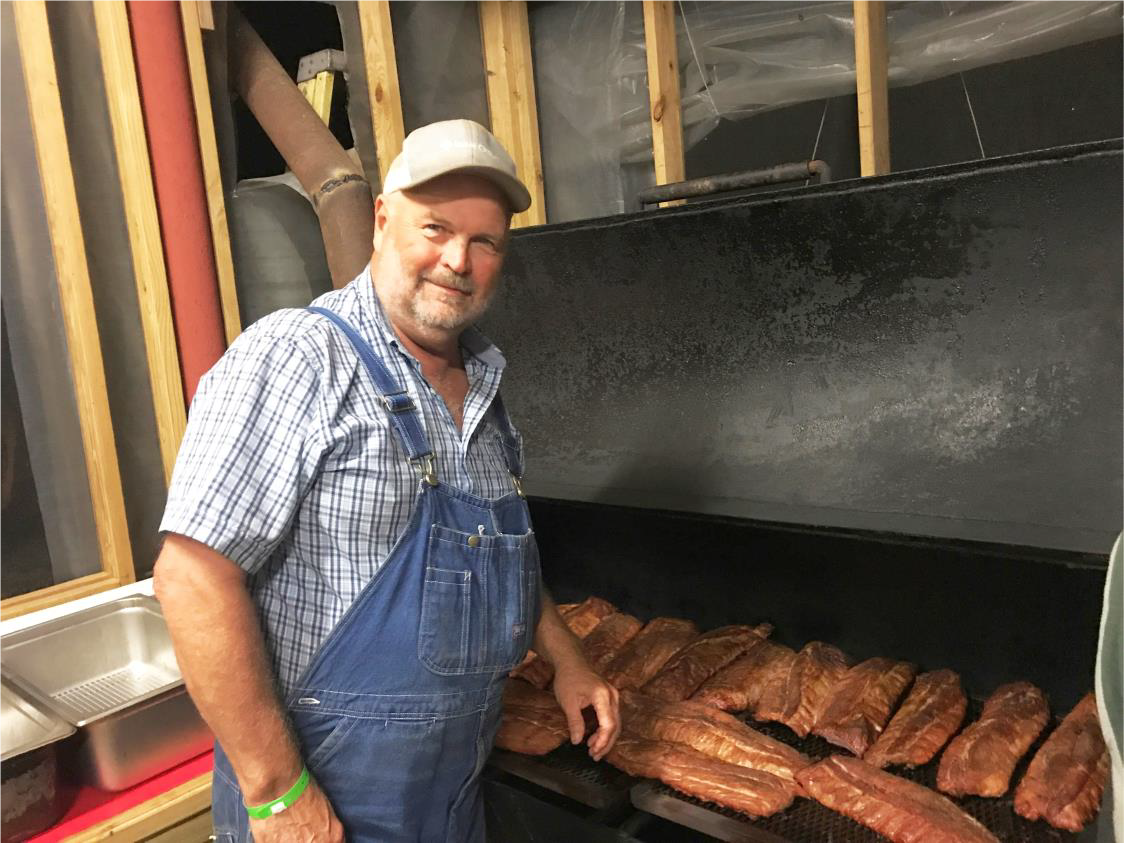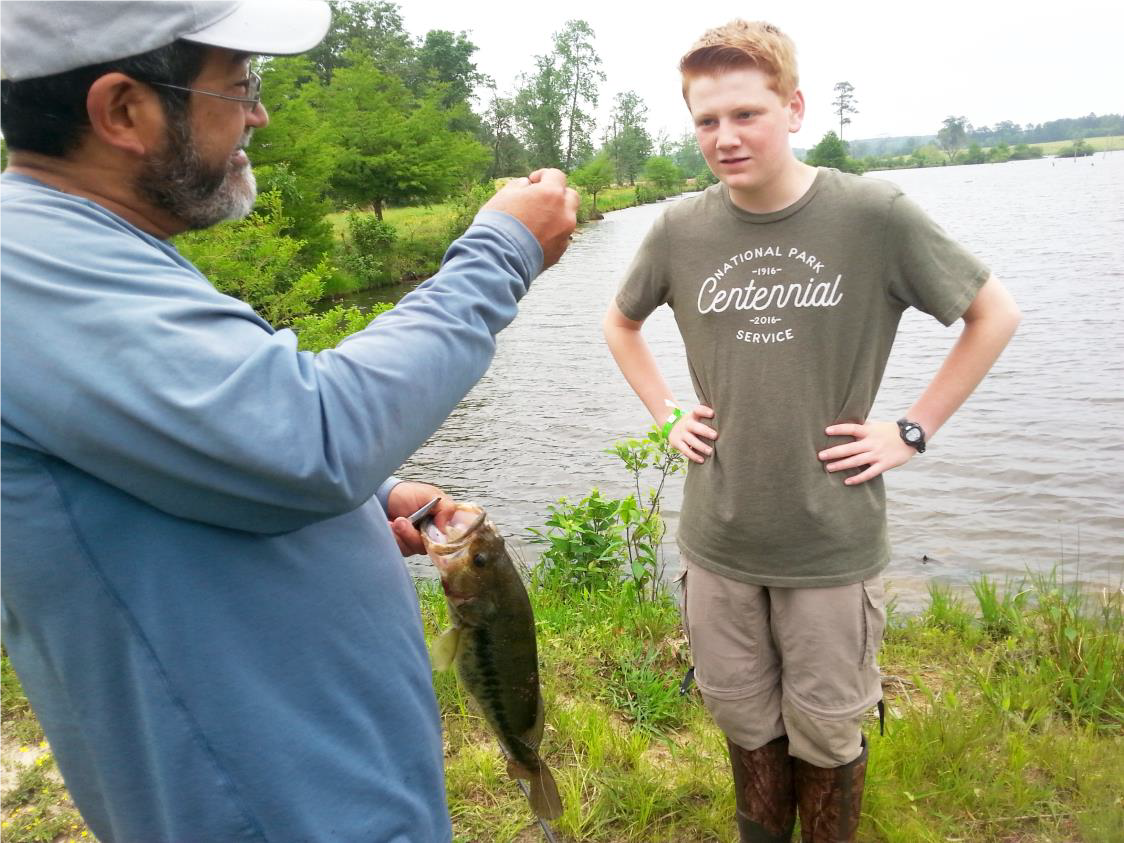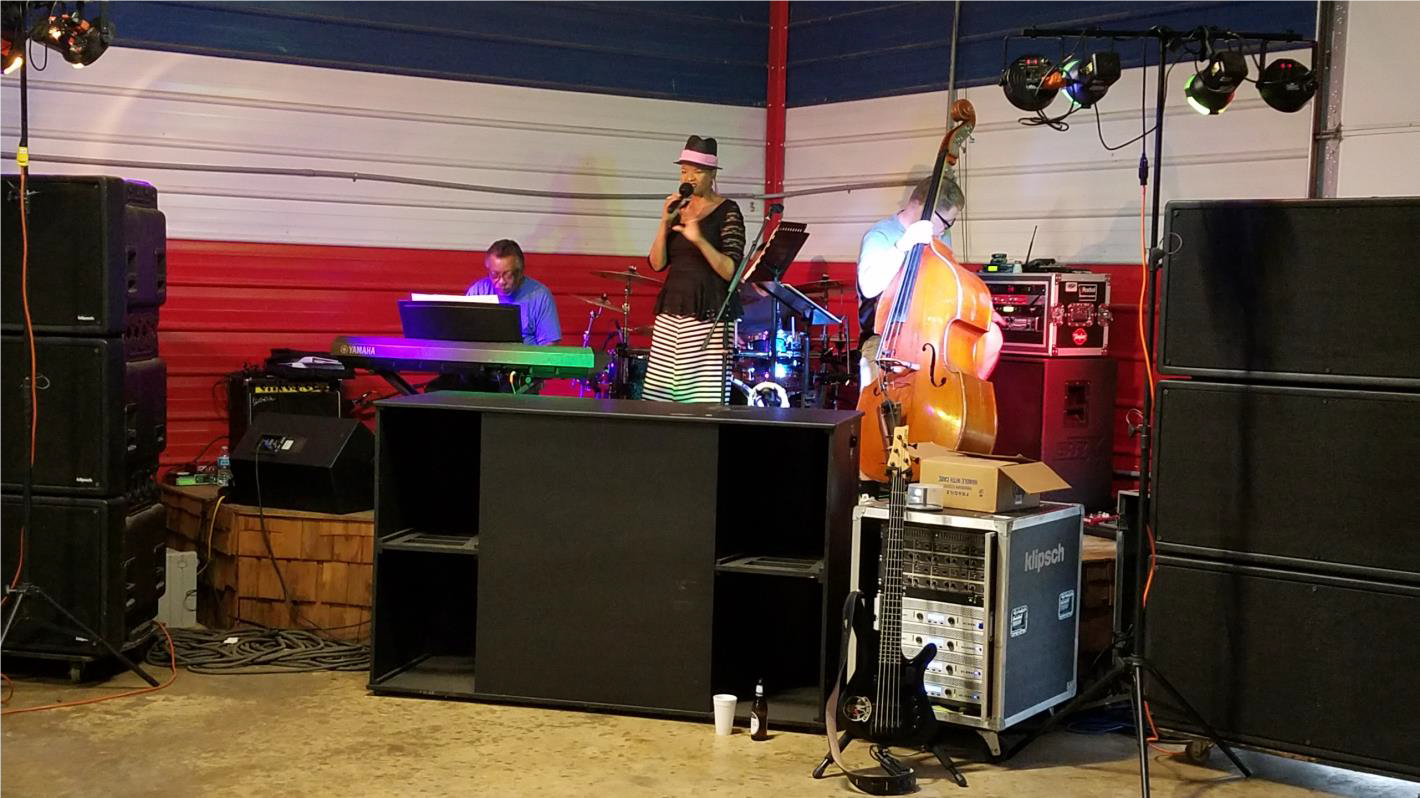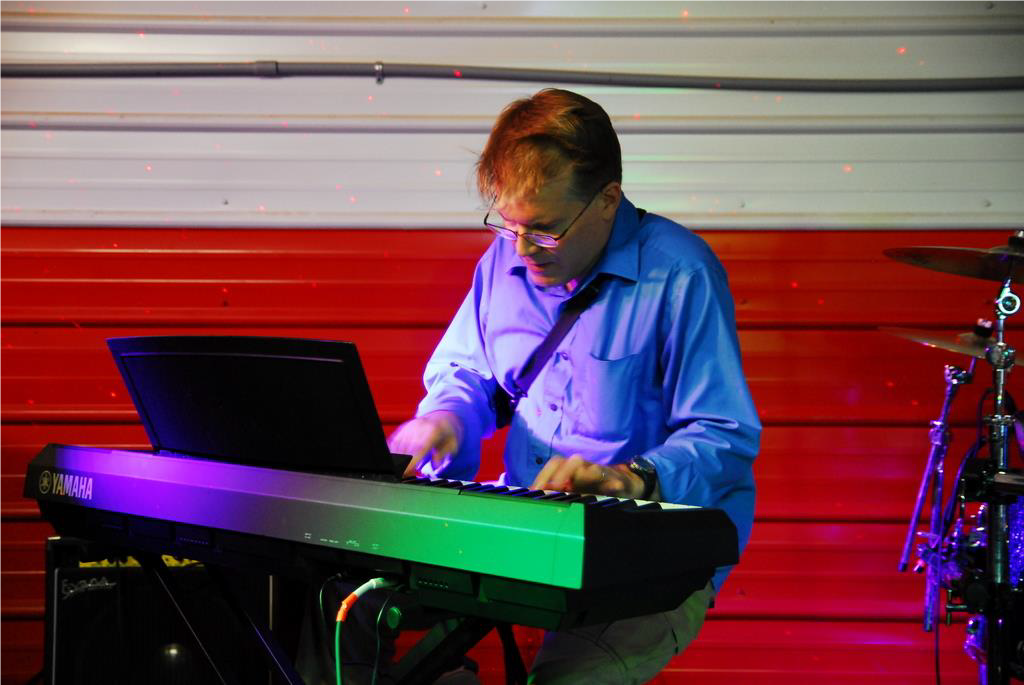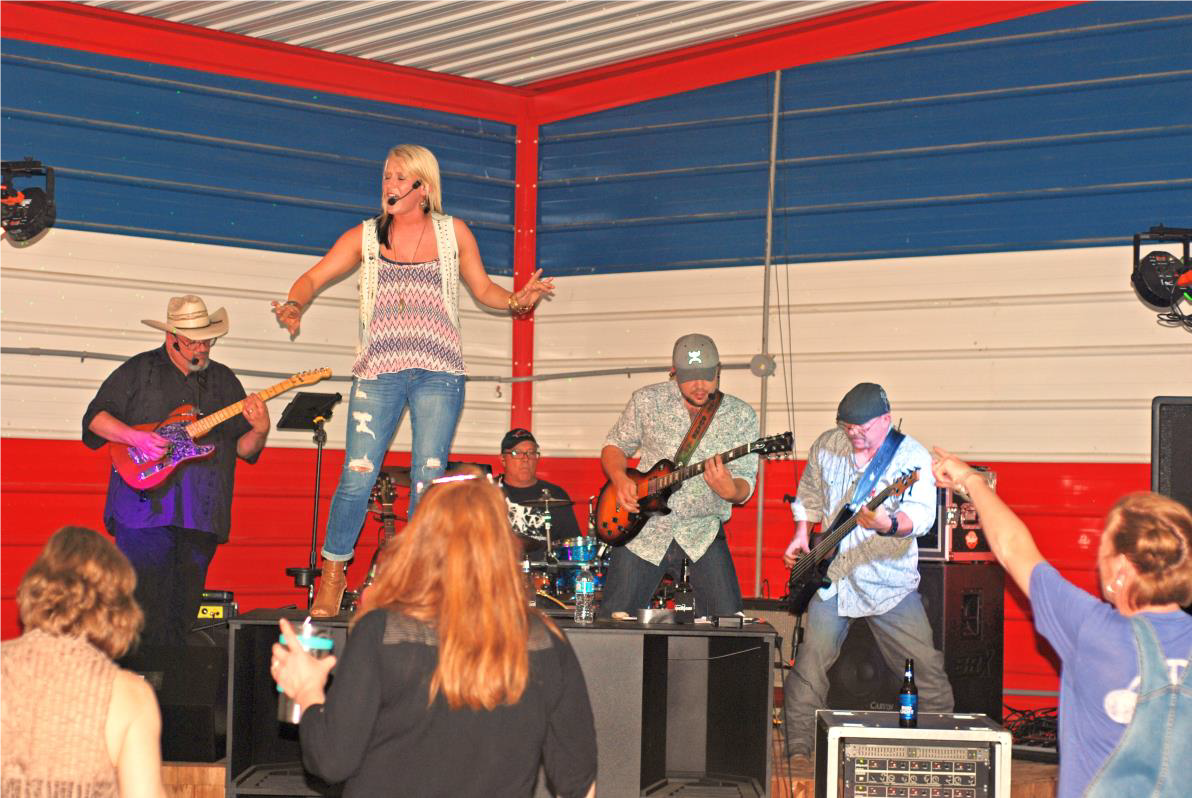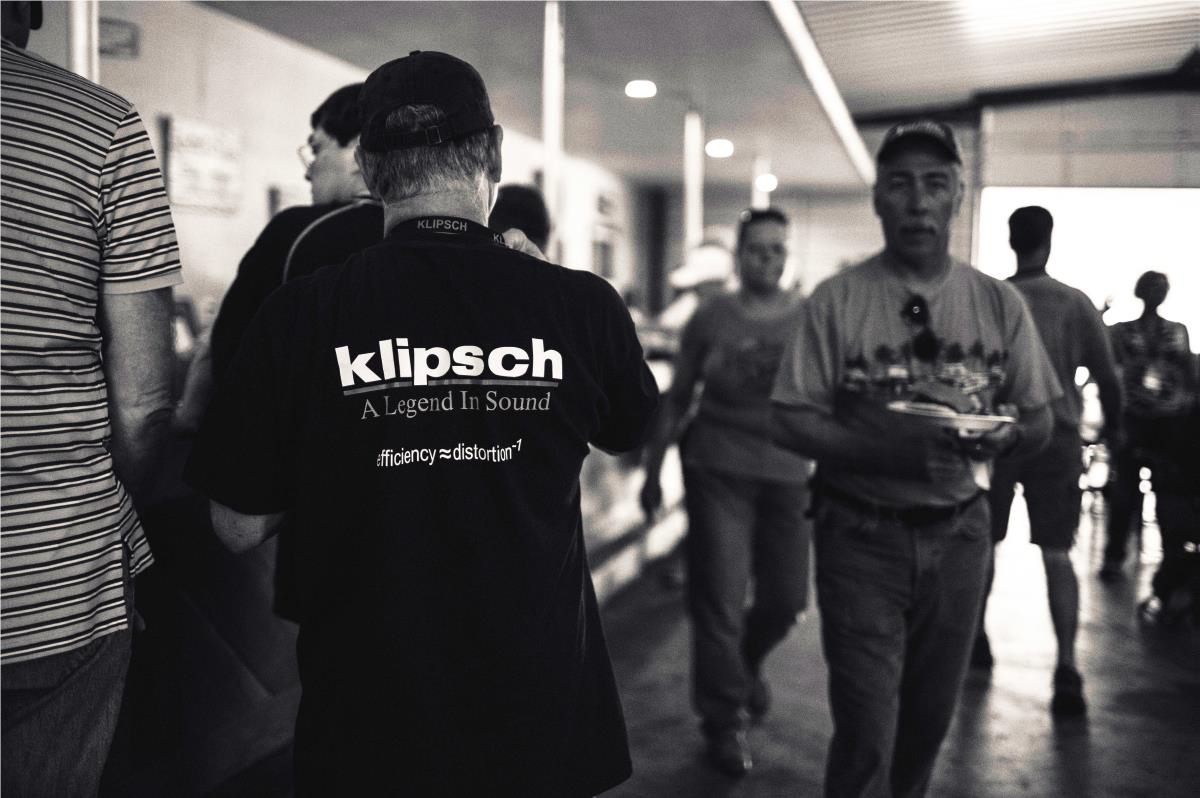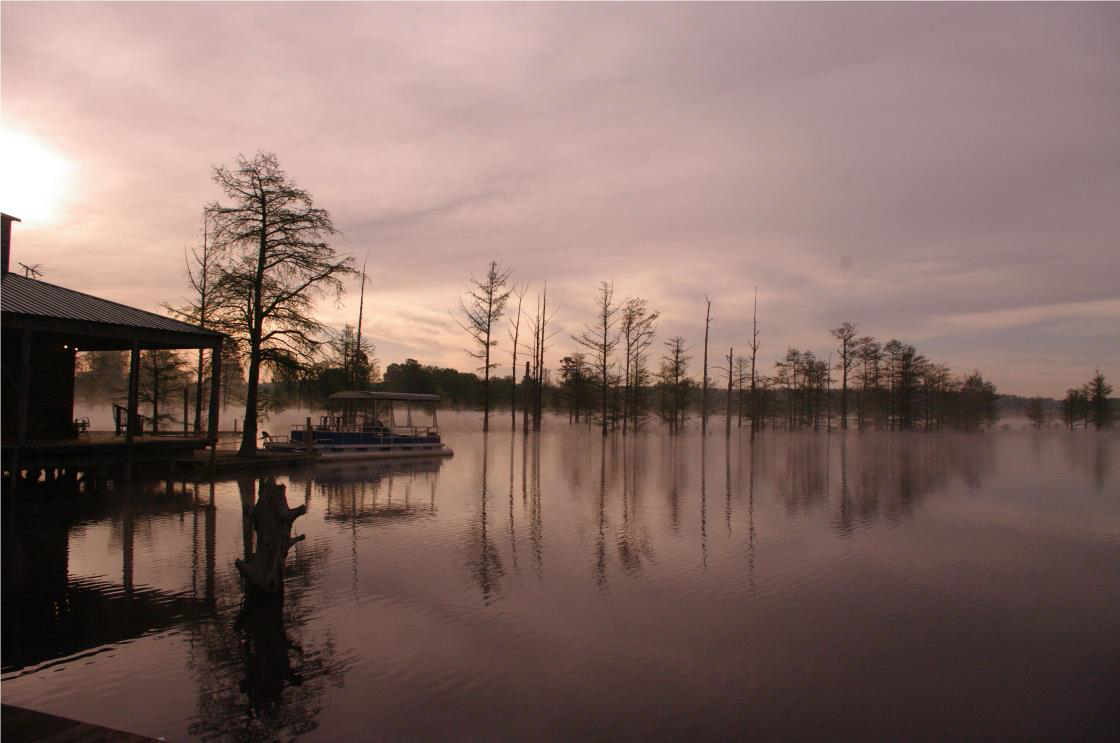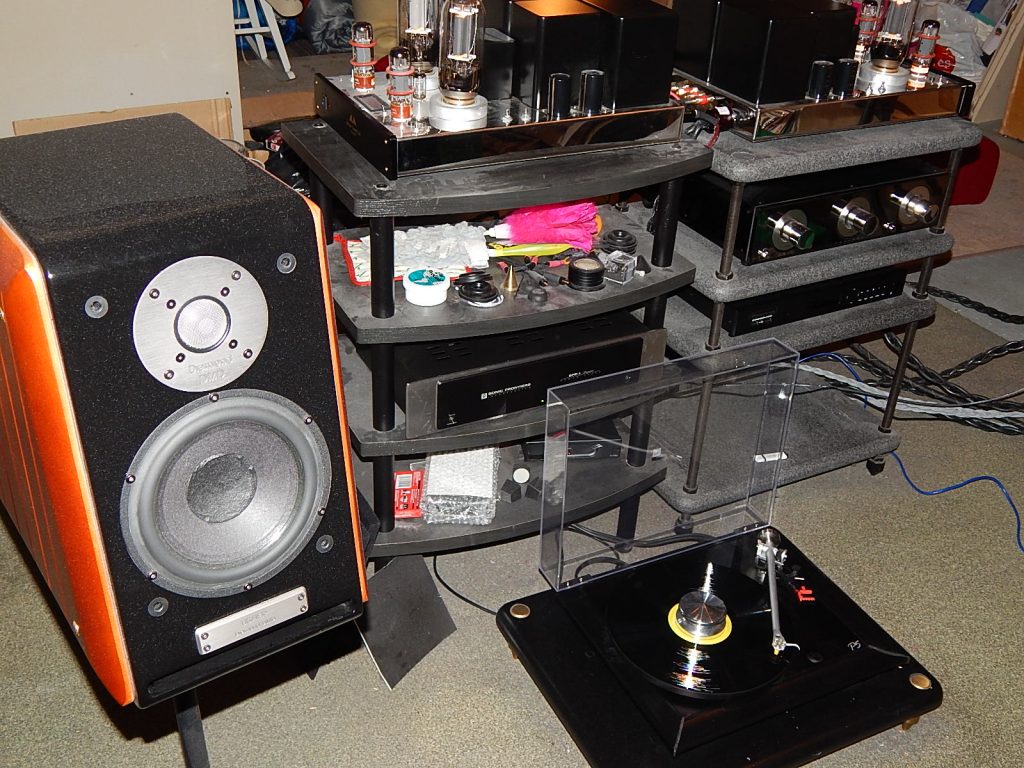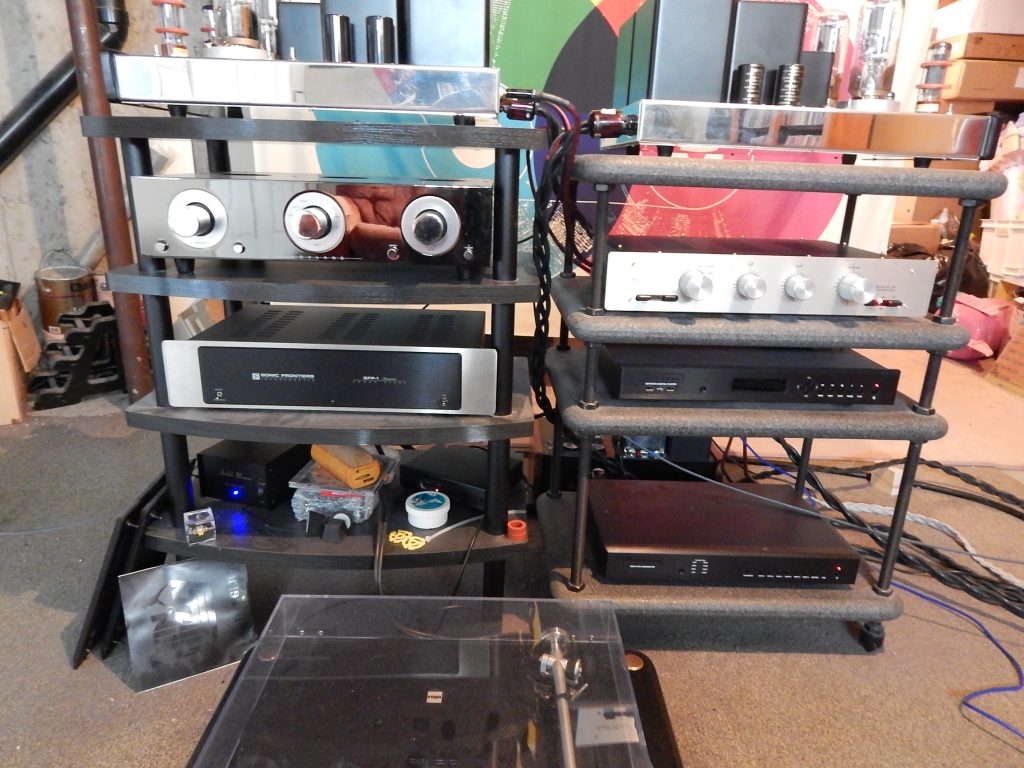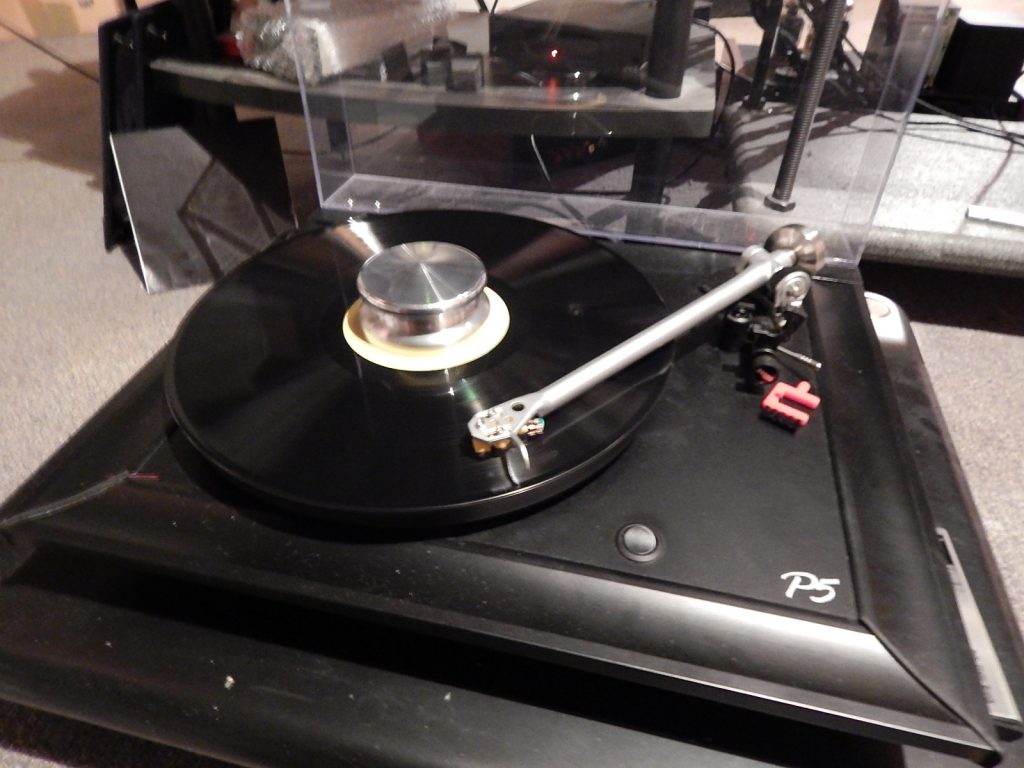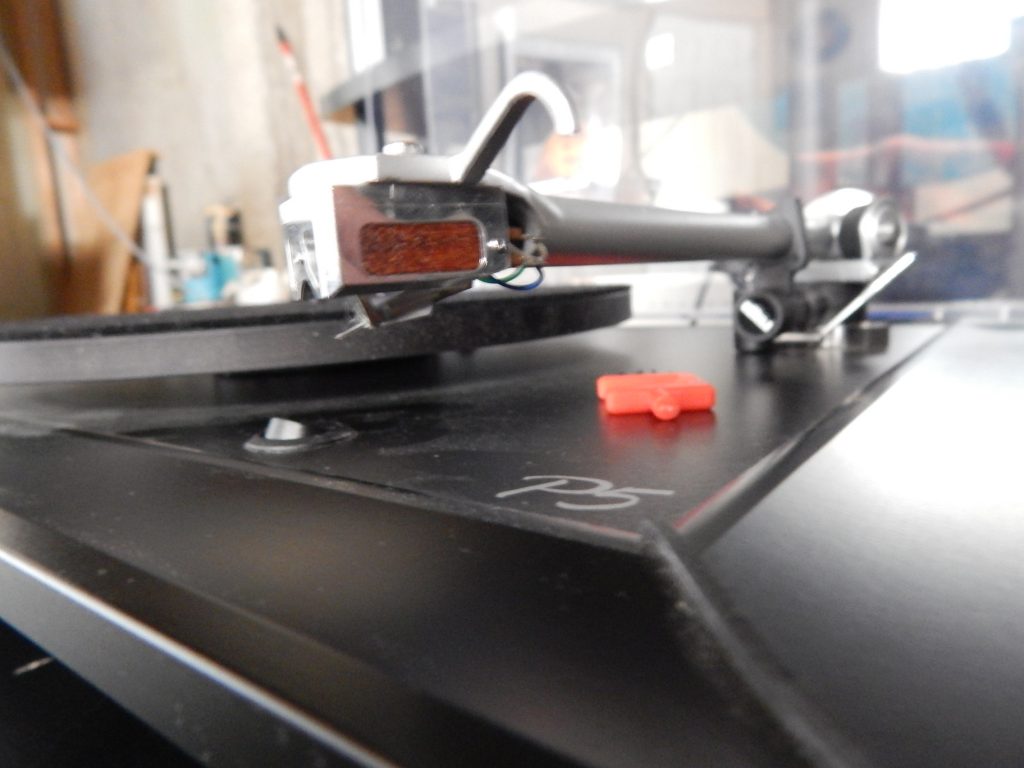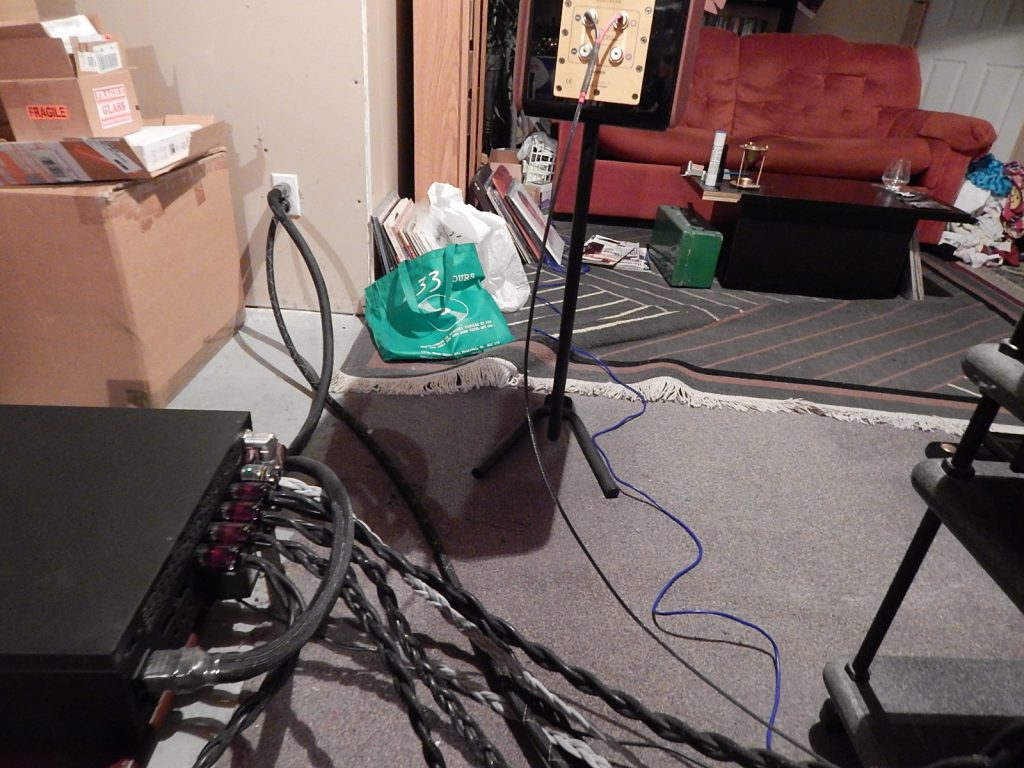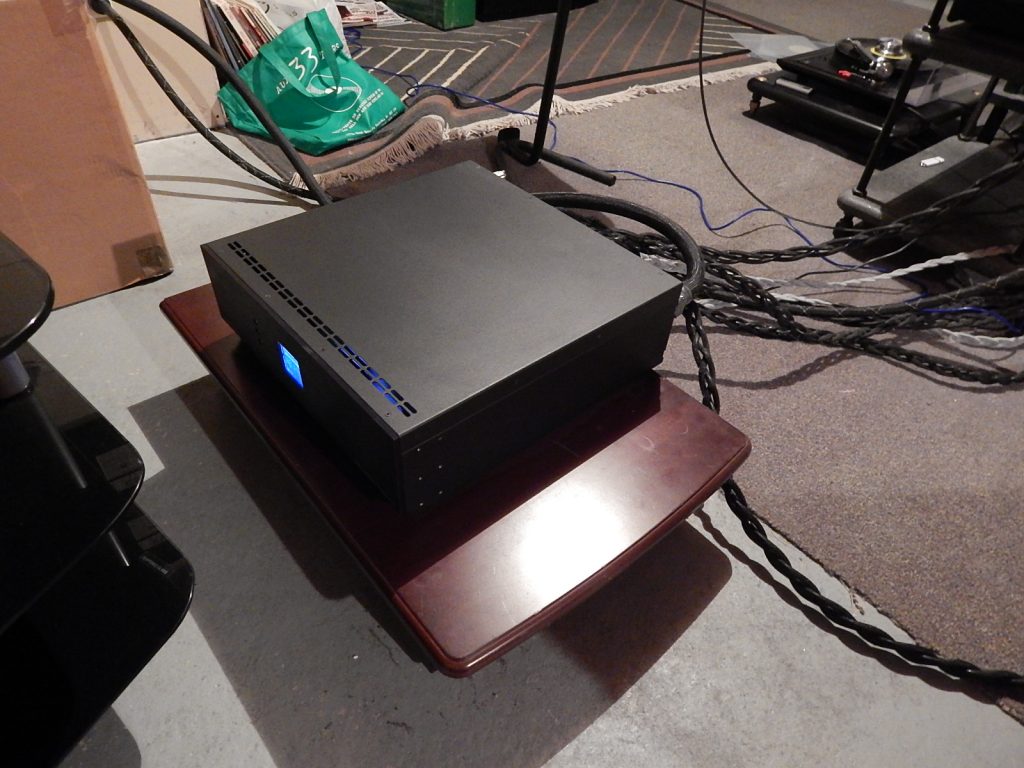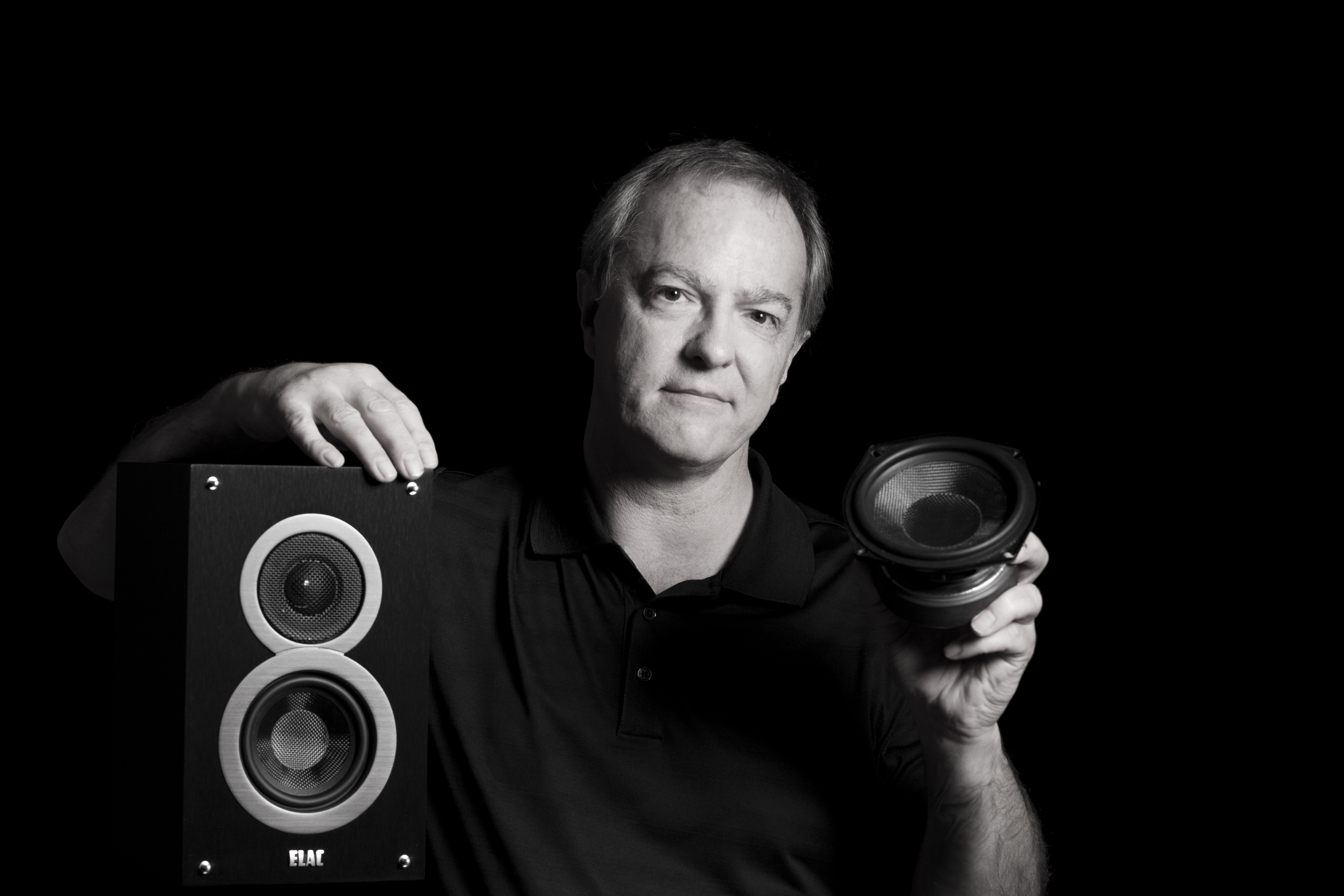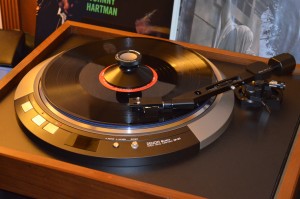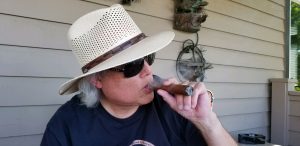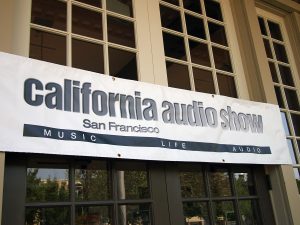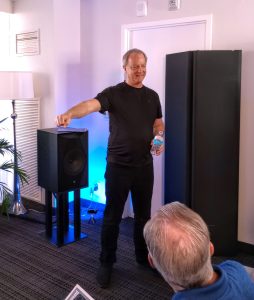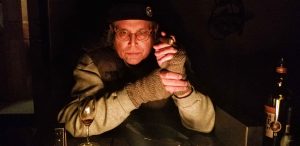by Dave Mallette with assistance from Robert Schryer
In 2014, a dozen of us from the Klipsch Community Internet forum held our first, the first, Forum-sponsored Klipsch Pilgrimage, at a motel in Hope, Arkansas, cradle of the Klipsch speaker company. It was an event intended to honor Klipsch and its founder, Paul Wilbur Klipsch (PWK), but also to bring audiophiles together for some good food, friendly banter, and high-sensitivity-speaker fun.
By 2016, the number of visitors to the Pilgrimage—no longer in a motel, but out in the countryside at Rodney Newton's fabulous farm and clubhouse—swelled to over 100. Among the attendees that year were several from the management team at Klipsch's Indianapolis-based head office, who'd arrived with a literal truckload of vintage goodies and NIB audio gear to be given away or auctioned off. Even a Brit showed up: the charming Colleen 'Cosmo' Murphy of Classic Album Sundays.
This year's Klipsch Pilgrimage, held from April 27—April 30 in Bodcaw, Arkansas, included a dedication of the refurbished Klipsch Museum of Audio History. Klipsch donated the original factory building, its contents, and PWK's massive personal archives to the museum, which is headed by no one more suited for the task than retired Klipsch engineer and archivist, Jim Hunter. Also on tap for the weekend, courtesy the Klipsch company: four incredible live-band performances at the Rodney Newton farm, as well as more audio-goody giveaways, including speakers from Klipsch's illustrious Heritage line.
Even if you're a fan of other speaker brands, a visit to the Klipsch Pilgrimage is worthwhile just for the food, the fellowship, and the music. Those who gather there are rich and poor, introverts and extroverts, city people and country folk, and all get along in a way that only music can facilitate.
The following is my photo-diary of 2017's Klipsch Pilgrimage, and if you like what you see, believe me when I say that the Pilgrimage experience is a whole other thing in person.
Photo by Steven Platte
As seen from the Klipsch Museum of Audio History on Thursday, April 27: Folks begin to gather at the Klipsch factory, location for the dedication of the museum. The museum is now property of the Klipsch Heritage Museum Association (KHMA), a non-profit organization founded by, and consisting mainly of, Klipsch forum members.
Photo by J. James T. Welsch
Down to the business at hand: Voxx International CEO John Shalom, who liked Klipsch so much he bought the company, assures those gathered for the dedication of the Klipsch museum of Voxx's commitment to provide Klipsch the support it needs to continue to thrive. It is music to the ears of the PWK faithful.
Photo by Ian Moore
Shortly after the official ceremonies: KMHA's Jim Hunter, left, places the new sign at the fully restored and now open Klipsch Museum of Audio History.
Photo by David A. Goodrich
The "new and improved" Klipsch Museum of Audio History. The building was built during WWII as the post office telephone-and-telegraph exchange of the Hope proving ground, where PWK was stationed. After the war, PWK purchased the building, whose basement he turned into a manufacturing plant for his first speakers—Klipschorns—until he had a bigger plant built across the street to accommodate rising demand for his products.
Photo by Ian Moore
A day at the museum: the legendary Klipschorn in a see-through enclosure. Aside from the drivers, the Klipschorn's design is unchanged since 1946. The speaker embodies PWK's engineering genius and gives perspective to his famous quote that "My theories on audio and audio reproduction will be proven wrong only when the laws of physics change."
Photo by David A. Goodrich
Over his nearly four decades with Klipsch, engineer and archivist Jim Hunter, at center in a black tee, became known as a PWK packrat. At last count, Jim had catalogued and digitized about 21,000 pages of PWK's personal papers and research. Here, he offers the audience fascinating insights into Klipsch's history.
Photo by David A. Goodrich
Friday began with lunch for the plant employees. Smokemeister Rodney Newton and his Bodcaw buddies provided the lunch—paid for by Klipsch forum members—for every employee at the plant, as well as for the forum members who had arrived Thursday for the museum ceremonies.
Photo by Steven Platte
Made in America to last a lifetime by your friends and neighbors in Hope, Arkansas. Since 1946, those employed by Klipsch have had to start at the bottom of the employment chain—cutting planks or sweeping floors—and earn their way up. Top job on the plant floor: core assembly of a "Heritage"-designated speaker. Those attending the weekend festivities were taken on small group tours of the plant.
Photo by Cory Harrison
These lovely ladies paying homage to the mighty Klipsch Jubilee make a point: If you have a aesthetic issue, it isn't the speakers...
Photo by Glenn J. Mosby
A focal point for Pilgrimage visitors is the gravesite shared by "The Legend" and his beloved wife Valerie, or "Ms. Valerie", as many of us referred to her until her death last year. Ms. Valerie was a force in her own right, as proven by her success at living with PWK for so long. She was also renowned for her graciousness and hospitality toward guests PWK would suddenly show up with, unannounced, at the house.
Photo by Michael Ray
Main entrance to Rodney Newton's clubhouse. By Friday afternoon, the place was teeming with RVs, campers, and dozens of forum members and Klipsch employees setting up audio systems, cooking food, and otherwise preparing for a three-day party.
Photo by Cory Harrison
Behind Rodney's 90-foot bar in the clubhouse: Forum moderator Carl Pilaggi is giving his "100 shakes" to his extraordinary made-to-order martinis he serves annually to all comers free of charge. The gloves? They keep his fingers from freezing-stuck on the ice-cold shaker. It's a lesson he learned on year one.
Photo by Michael Ray
Pilgrimage visitors come in all ages, sizes, and demographics. But they all share a love of good food, good fellowship, and great music.
Photo by Ian Moore
Klipsch President Paul Jacobs addresses the crowd at the clubhouse on Friday, with Roy Delgado, known to the Forum as "Chief Bonehead", in the foreground. Roy worked directly with PWK in designing the Jubilee speaker, two of which flank Mr. Jacobs at stage. Roy was the Klipsch employee PWK referred to as "the son he wished he'd had." Roy's design credits are too numerous to list here, but his latest is the Forte III, a speaker considered so good and so true to PWK's vision and philosophy it has been given "Heritage" status.
Photo by Michael Ray
All sorts of fine vintage gear was up for sale to Pilgrimage visitors, a lot of which got snapped up.
Photo by Todd Hewell
Master Chef of all things southern, Rodney Newton loads up another batch of ribs Saturday afternoon.
Photo by James Cullison
Not all of Saturday was spent at the clubhouse. Here, "Chief Bonehead" Roy Delgado demonstrates the art of hook removal along the bank of one of the many verdant and beautiful lakes Rodney had installed on his land. We suspect Roy was struck by some great speaker-design ideas while fishing in these lakes.
Photo by David A. Goodrich
Saturday afternoon, the Jubilees were moved out and replaced by Klipsch KP-650 stacks for the live-music portion of the Pilgrimage. Here, guest singer Carol Miles fronts the band Three of a Kind to deliver some classic-jazz magic. Keyboardist Allen Batts, far left, learned boogie-woogie from legendary Pinetop Perkins.
Photo by David A. Goodrich
The world's foremost boogie-woogie musicologist and a formidable boogie-woogie performer with a habit of breaking pianos, Dr. John Tennison gives the KP-650 stacks, Klipsch 1502 sub, and Crown amplifiers a serious workout.
Photo by Elden Luquet
Rock n' Roll with the band Relentless on Saturday Night. Here, a 1502 sub is doing double duty as a singing stage and a foot massager.
Photo by Michael Ray
T-shirts inscribed with PWK's basic speaker-design hypothesis (efficiency = distortion -1, i.e. as efficiency rises, distortion falls) were ubiquitous. PWK was inducted into the Engineering and Science Hall of Fame in 1997, an honor shared by Thomas Edison, George Washington Carver and the Wright brothers (the eldest of whom was also named Wilbur). The Engineering and Science Hall of Fame recognizes those who have improved the quality of the human condition through individual contribution using engineering and scientific principles. The essential truth in that last statement was in evidence at this gathering.
Photo by Dave Mallette
Sunday morning: Peace and quiet return to Rodney Newton's farm in Bodcaw, Arkansas, about 15 miles from Hope, the spiritual grounds of PWK and the company he founded 70 years ago. Rodney, a master of water engineering, hometown cooking, and southern hospitality, has sculpted many lakes that cascade naturally into each other amid the beautiful Arkansas Delta wetlands. As Pilgrimage visitors were preparing to return home, already the air was filled with parting words of promise: "See you next year in HOPE!"










